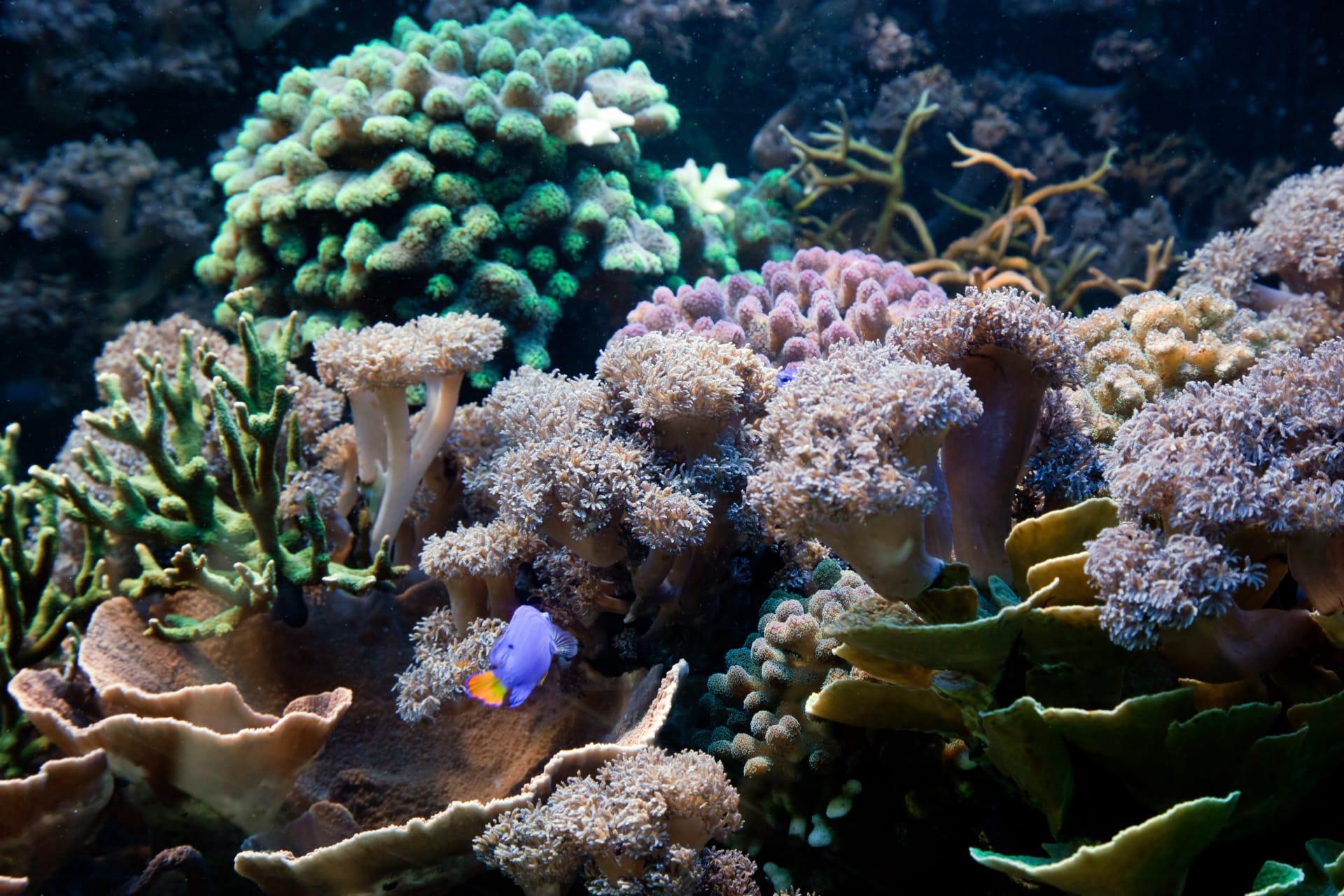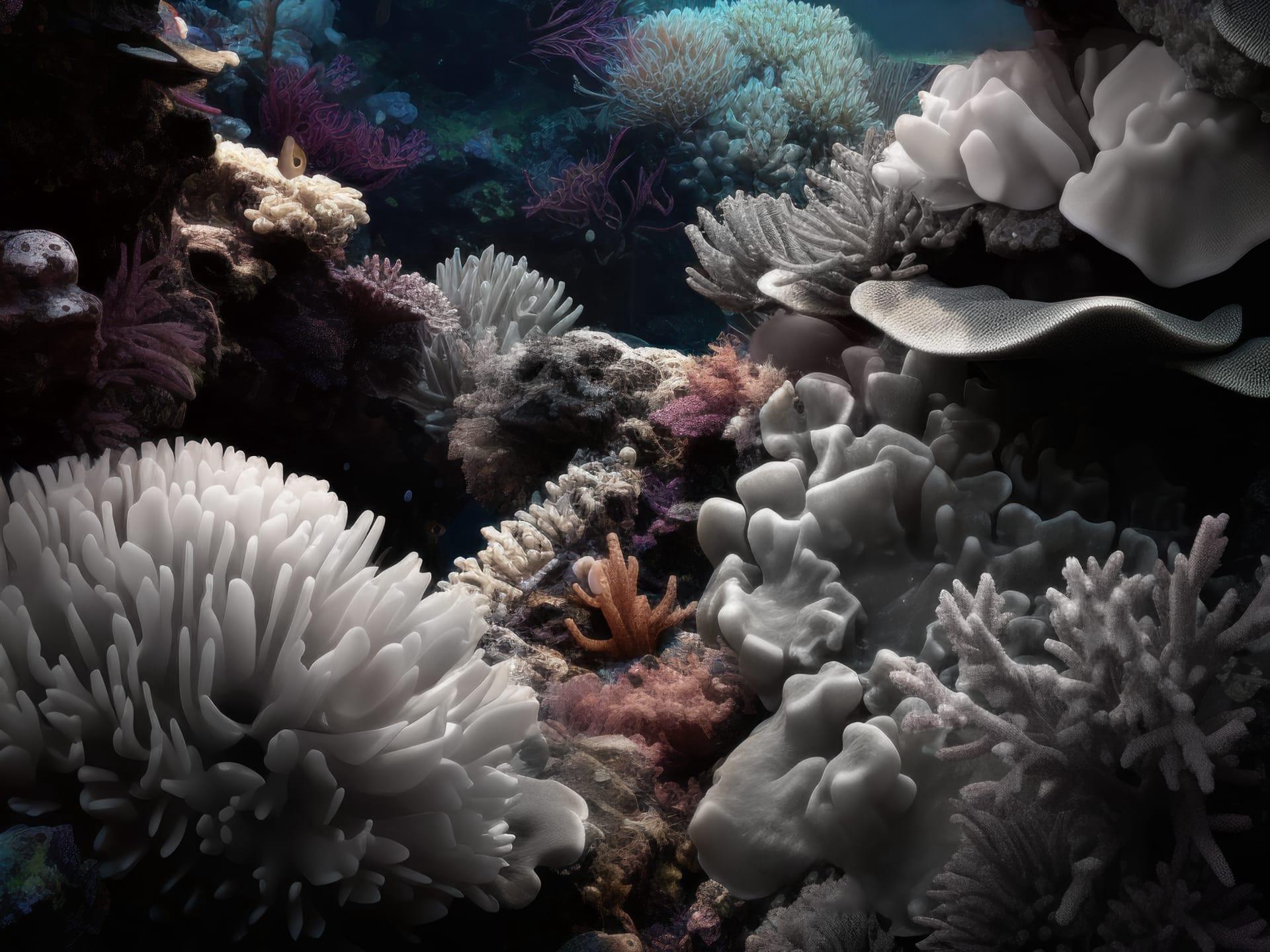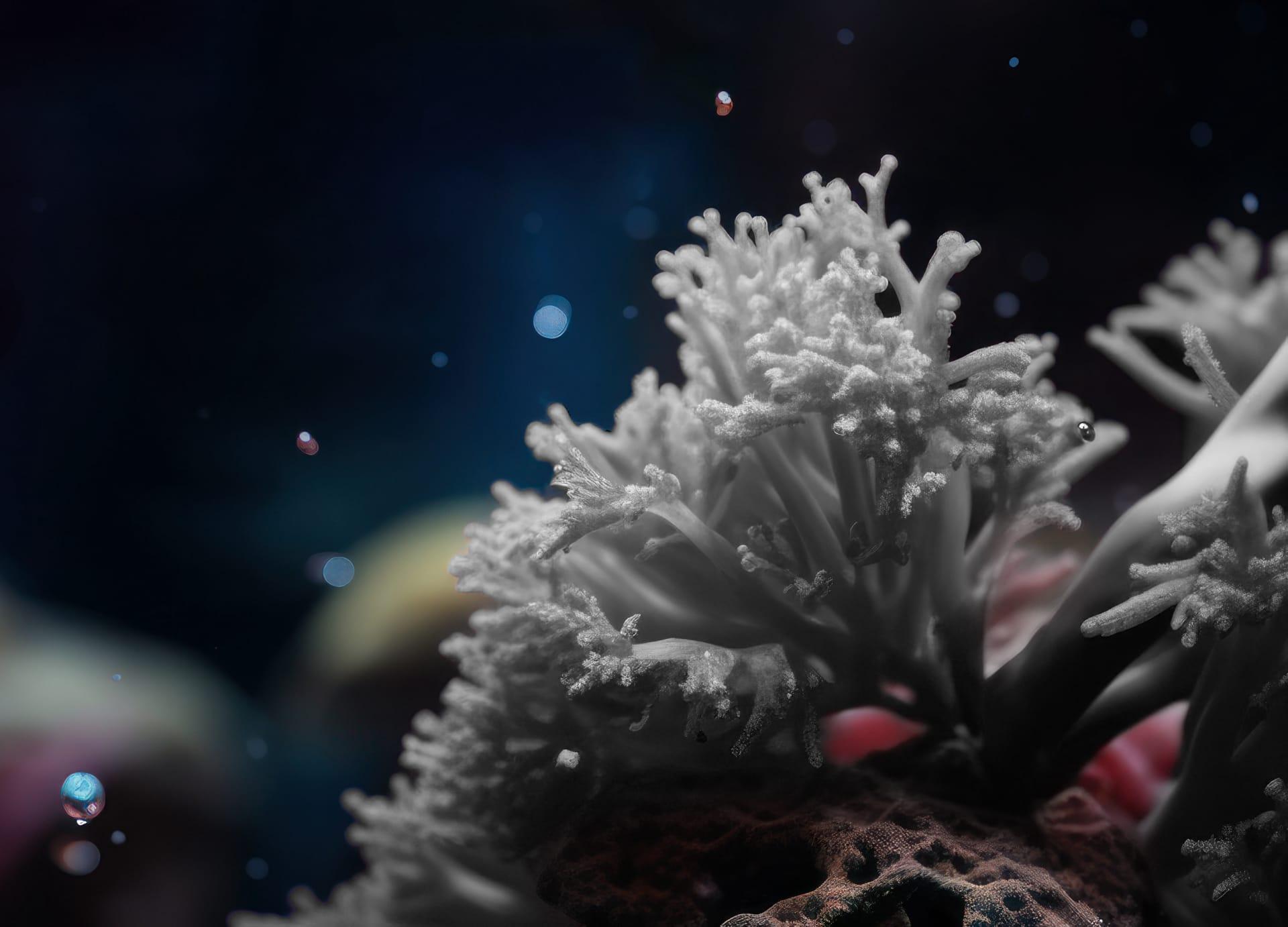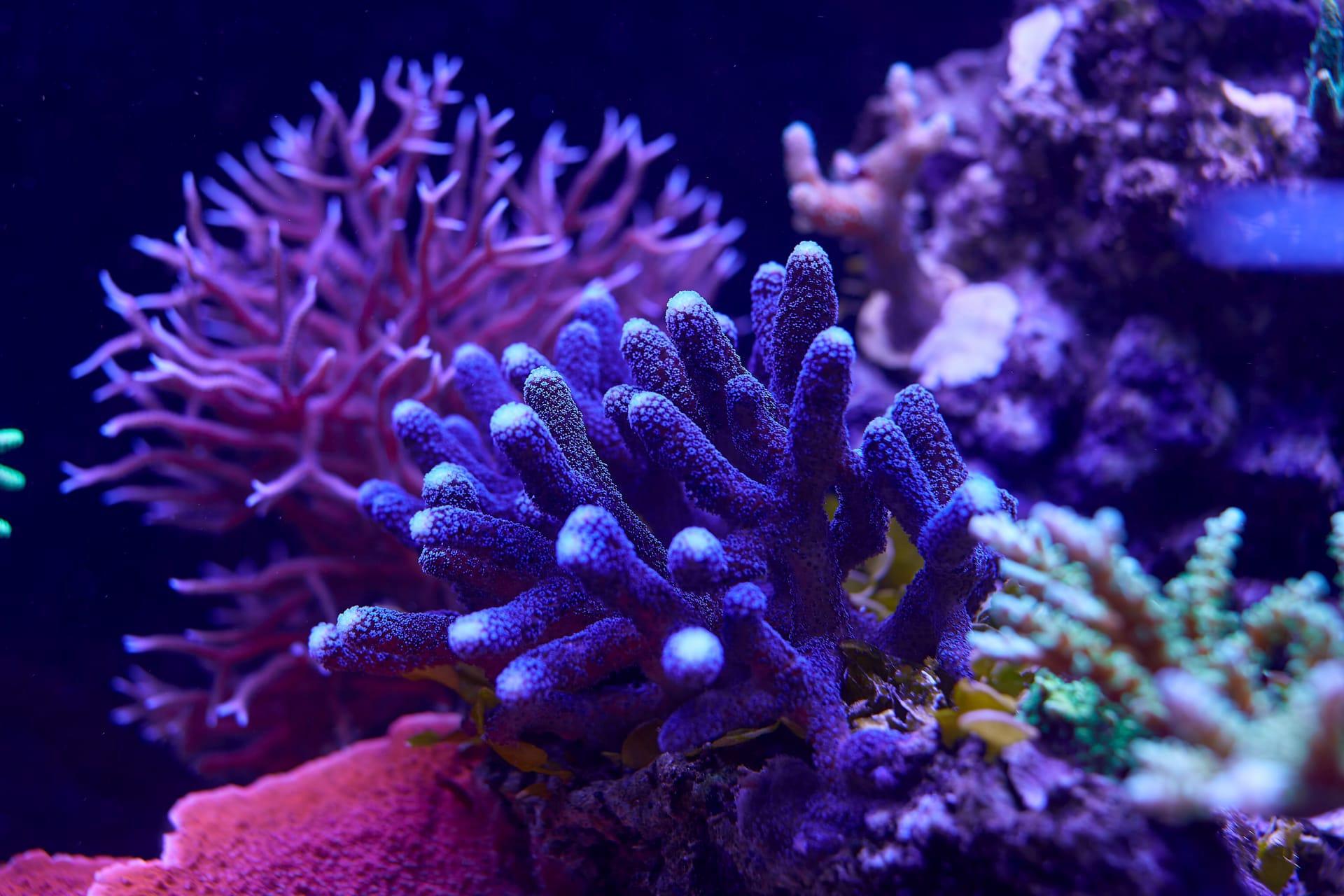Coral
- Home /
- Mini Encyclopedia /
- Animal /
- Coral
1
Coral species are as diverse as they are fascinating, belonging primarily to the phylum Cnidaria. This group encompasses over 2,500 known species, each unique in shape, size, and color. Corals are categorized into two main types: hard corals, which are the architects of coral reefs, and soft corals, known for their flexible, often feathery structures. Hard corals, such as the brain coral and staghorn coral, build calcium carbonate skeletons that form the backbone of coral reefs. On the other hand, soft corals, like sea fans and sea whips, lack this rigid structure, contributing to the reefs' complexity and diversity.
Corals are predominantly found in tropical and subtropical waters, thriving in conditions where the temperature ranges from 20°C to 32°C. The most extensive coral reef system, the Great Barrier Reef in Australia, stretches over 2,300 kilometers and can be seen from space. However, coral species are not limited to this iconic location; they are distributed across the Indian, Pacific, and Atlantic Oceans, inhabiting a variety of marine environments from shallow, sunlit waters to the dark depths of the ocean beyond the reach of sunlight. These ecosystems are not just confined to the equatorial belt but also extend into colder waters, showcasing the adaptability and vast distribution of corals.

2
One common misconception about corals is that they are rocks. Unlike rocks, corals are living organisms. This confusion likely stems from the hard, calcified structures that most corals build, which can indeed resemble rocks.
In reality, each coral structure is a colony comprised of numerous individual organisms called polyps. These polyps are tiny, soft-bodied creatures related to jellyfish and sea anemones. They work together to build the larger structure of the coral colony by secreting calcium carbonate, the material that forms the hard, rock-like skeleton. This collaborative effort results in the diverse and complex reef structures that provide habitat for a vast array of marine life.

3
Corals have developed a remarkable survival strategy through a symbiotic relationship with a type of algae known as zooxanthellae. These algae reside within the coral's tissues, providing it with up to 90% of its energy requirements through photosynthesis. This mutualistic relationship enables corals to grow and build extensive reef structures even in nutrient-poor waters.
Furthermore, corals have evolved various adaptations to protect themselves from predators and environmental stressors. For example, some corals produce toxic substances to deter predators, while others can change their color or even shed their outer layer to remove algae or other organisms that may settle on them. These strategies help corals to survive in the competitive and often harsh marine environment.

4
In the marine ecosystem, corals play a pivotal role, acting as the foundation for coral reef habitats. These reefs are among the most diverse and biologically complex ecosystems on the planet, supporting an estimated 25% of all marine species despite covering less than 1% of the ocean floor.
The role of corals extends beyond providing habitat; they also offer protection and food for a myriad of marine organisms. Coral reefs protect coastlines from the effects of waves and tropical storms, and they provide vital resources for human communities, including food, income from tourism and fishing, and even substances used in medicine. The importance of corals in maintaining the health and diversity of the marine ecosystem cannot be overstated, highlighting the critical need for their conservation.

5
Film: "Chasing Coral" (2017) is a poignant documentary that brings to light the urgent threat facing coral reefs around the globe. Directed by Jeff Orlowski and produced in the United States, the film showcases a team of divers, scientists, and photographers who embark on an ocean adventure to capture the phenomenon of coral bleaching and its devastating effects on marine ecosystems.
Book: "The Life and Death of Coral Reefs" (1991), written by Charles Sheppard, provides an in-depth exploration of coral reefs, from their geological formation to the complex ecological relationships they harbor. This work, published in the United Kingdom, offers readers a comprehensive understanding of the significance of coral reefs and the challenges they face.
Book: "Coral Reefs: A Very Short Introduction" (2015) by Charles Sheppard is another notable contribution, offering a concise yet informative overview of coral reef biology, distribution, and the key issues threatening their existence. This book, also from the United Kingdom, serves as an accessible entry point for anyone looking to understand the importance of coral reefs and the need for their preservation.